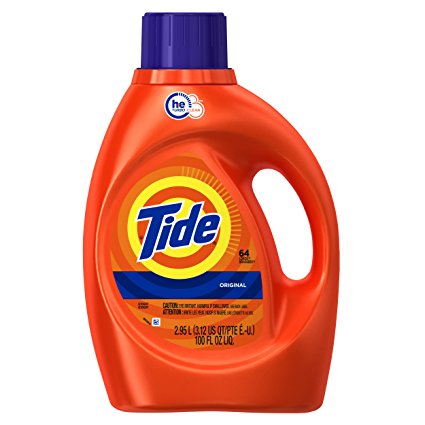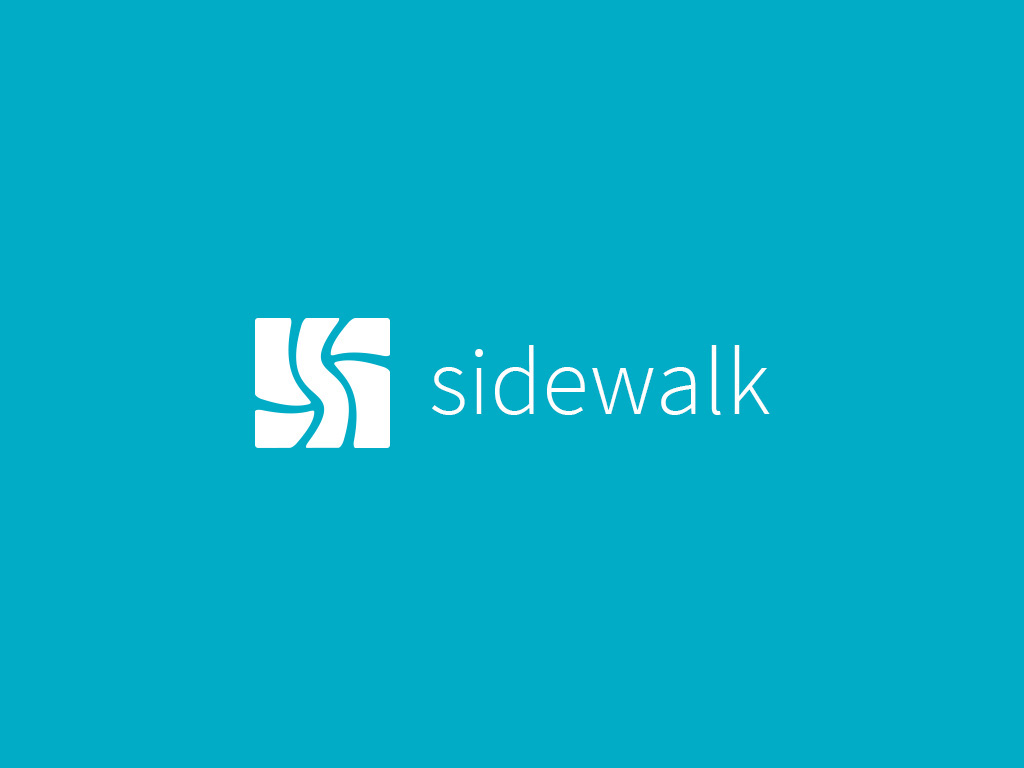Nobody wants to overpay for anything—especially knowing so. Sure, often convenience might dictate a willingness to pay a bit more for something and thereby one might justify the behavior as a “convenience cost.”
There is perhaps no product more commoditized than laundry soap—detergent. I would argue that nobody would knowingly pay too much—over pay—for basic laundry detergent. For the most part, I don’t think anyone would have a burning desire to get his or her hands on a bottle of soap that we’d pay too much for convenience. Right?
Oh sure, perhaps when traveling and using a laundry facility in a hotel or laundromat it is convenient to purchase a single use box of laundry detergent, but that’s when we travel. What about in your own backyard?
I think most of us buy our laundry detergent where it’s most convenient—the grocery store, or a retail place we might regularly buy household stapes. If not your grocery store, you might buy such things at the local Target, Wal-Mart, or Costco. I would further guess that we figure pricing for such commodities is parity across such retailers—save the occasional sale or coupon.
I did.
The Rite Aid Rip-Off—Why We Need to Keep Prices in Check and to Keep Checking Prices
When needed, I purchase prescribed medication at my local Rite-Aid (a drug store like CVS or Walgreen). It’s about a 50-yard walk from my local grocery store, Ralph’s (part of the Kroger group). When in town, I visit this center twice a week, or so.
Last week I stopped in the Rite-Aid to pick up a prescription. I had no reason to stop into the Ralph’s, my laundry had piled up because I was out of detergent. So I figured I would pick up a bottle of Tide at the Rite-Aid. Wandering down the aisle, I analyzed the various sizes, shapes, and flavors of laundry detergent—and let’s face it folks, we have way to many options—choices and one shouldn’t have to waste valuable brain power on such decisions.
I reached for the 2.95 liter bottle of Tide, the original flavor and nothing fancy. With the glowing red bottle in my hand, I took a second glance at the price: $17.99. A wave of doubt came over me. This seemed expensive. More wasted brain power on trying to convince myself to walk the fifty yards to Ralph’s; just to check. For a moment, my indecision flustered me.
I shoved the bottle of Tide back on the shelf and took the walk.
I’m glad I did.
The exact same bottle of Tide, the 2.95L/100 ounce size is priced $11.99 at Ralph’s. This is not a sale, not a “member” price. This is the everyday price for that basic bottle of commoditized laundry detergent. My pricing parity belief blinded. And my trust in Rite-Aid as a retailer? Gone. I’ll question everything.


Crazy.
This is not just a few cents, or even a dollar more. Not ten-percent, not twenty-percent more, no! The same bottle of Tide is priced fifty-percent higher at Rite-Aid than at Ralph’s. For each yard I walked from Rite-Aid to Ralph’s I saved one percent.
This is insane, outrageous and insulting.
Hey, I get it. I’ve run businesses. To make a profit, a huge profit—to keep the doors open, lights on, and employees working—we all need to make a profit. And we all would like to get the best price for the goods and services we sell. But at some point businesses go to far. Often in captive audience environments, like sports stadiums, we are forced to overpay because we have no other option.
Rite-Aid is either clueless, stupid, or just sneaky.
I’ll never trust them again.
You shouldn’t either. Next time you’re making a purchase in a center with two retailers selling the same item, it must might be worth a few steps (your FitBit will thank you) to check out the competition.





